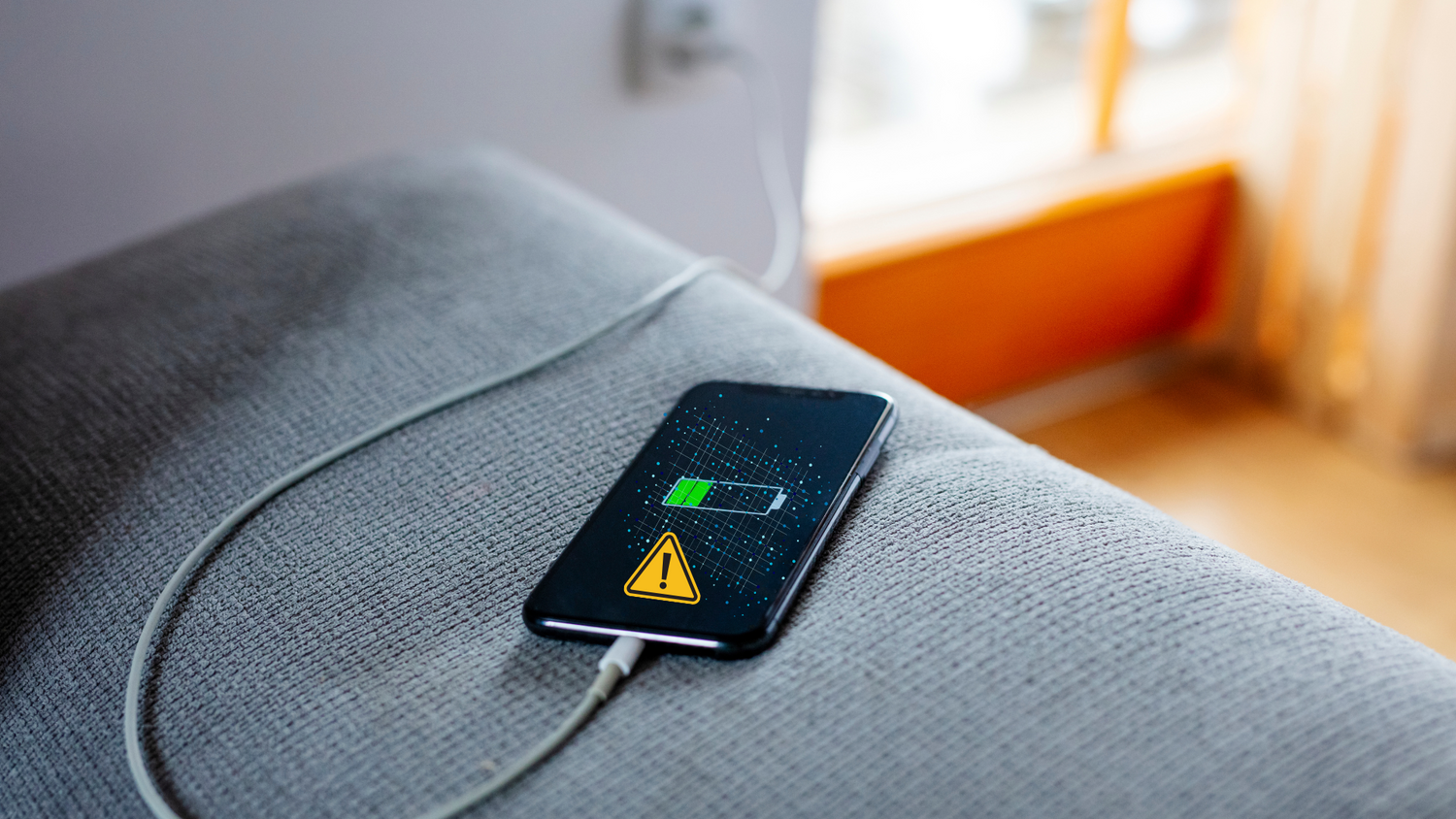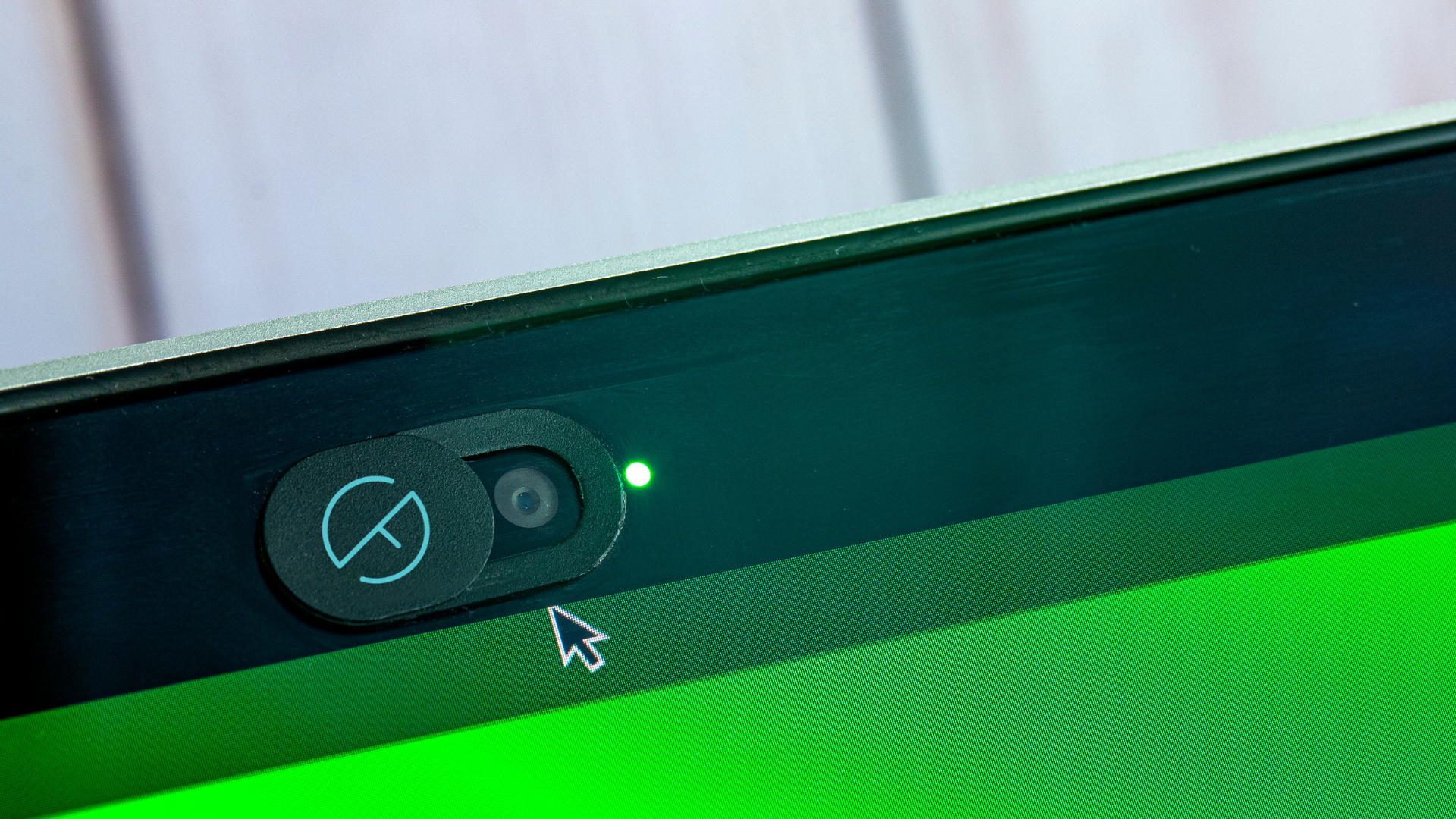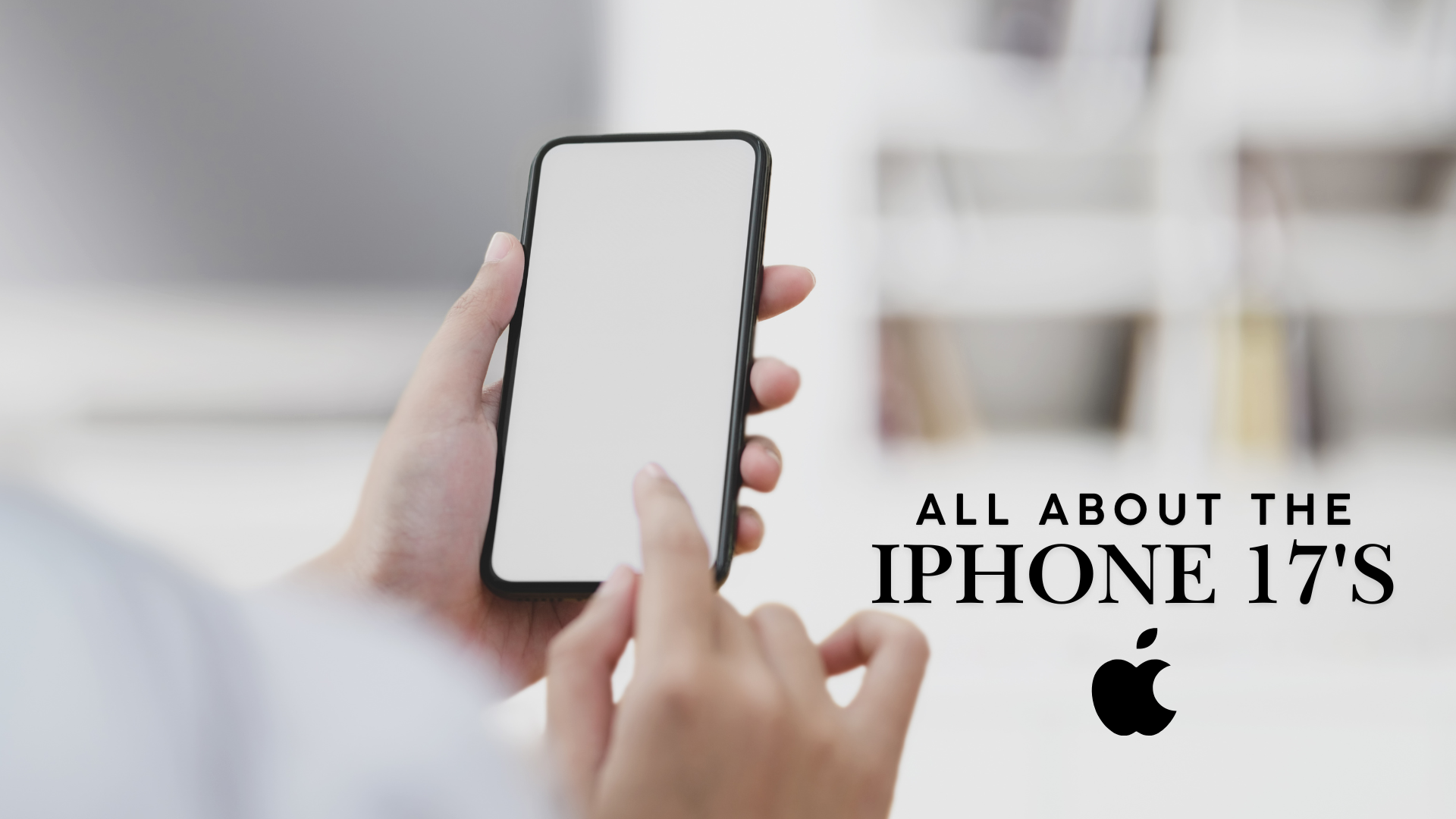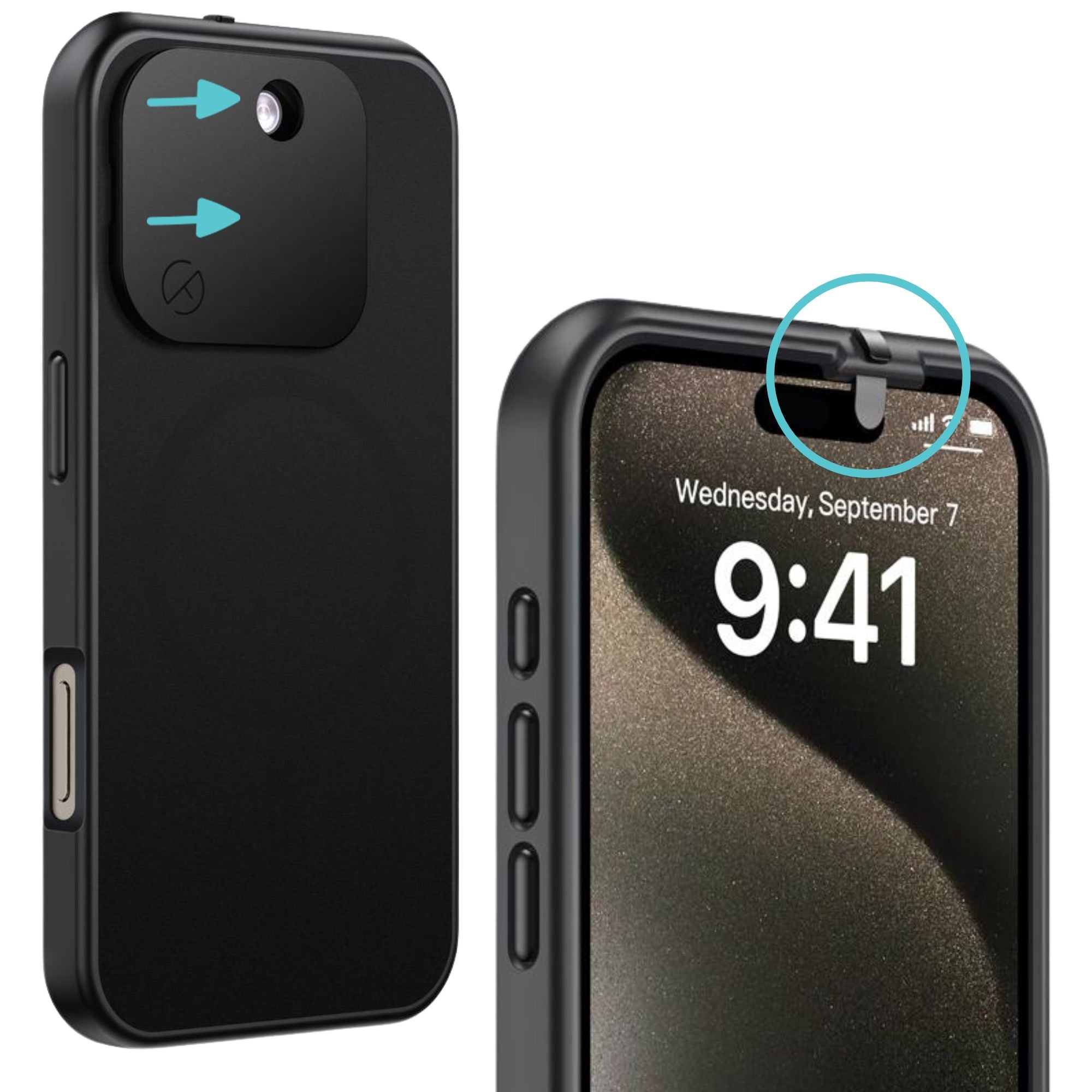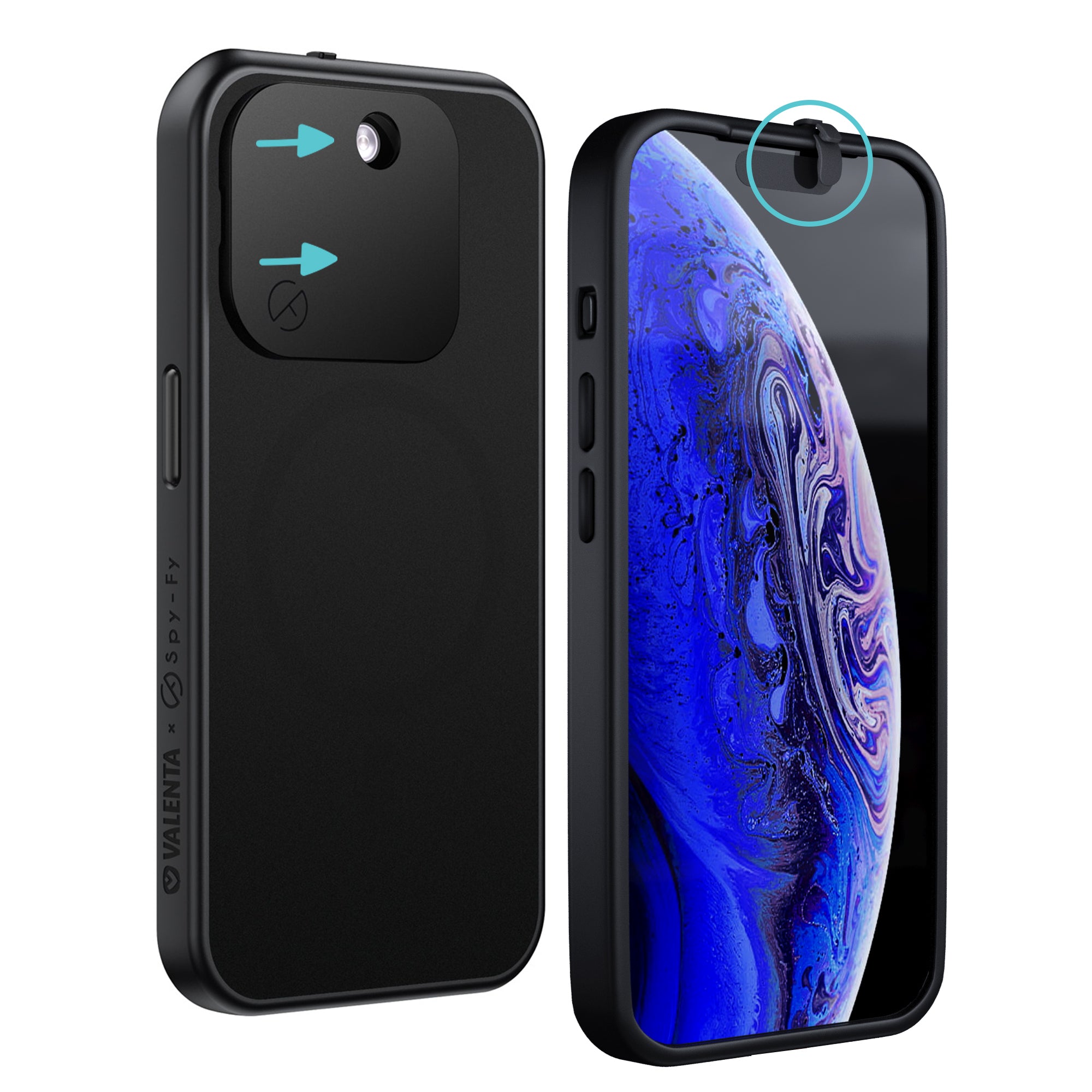What is juice jacking?
Juice jacking, also known as USB jacking, may sound like tech jargon, but it’s simple to explain. A USB port has two jobs: delivering power and transferring data. When you charge your phone, you usually only think about the power side. But if the wrong person tampers with that port, it can also be used for data theft or to install malicious code without you noticing.
Mobile devices are central to modern business. Employees rely on phones and tablets for communication, scheduling and accessing company resources. A single infected device can become the weak link that leads to database leaks, reputational harm or compliance failures.
Is juice jacking a real threat or just a hype?
Government agencies like the FBI and TSA have issued warnings about juice jacking in busy places like airports and hotels. That doesn’t mean millions of people are being hacked daily, but it does prove the risk is real enough to take seriously. Most known cases come from security researchers who demonstrated that the attack is possible.
So, should you panic every time you see a USB port? No. Think of it like locking your front door: the risk of a break-in may be small, but you still lock up. Juice jacking is the same. A little awareness and a few good habits make the threat easy to avoid.
Signs of USB Jacking Risks
You can’t always tell if a USB port has been tampered with. Risky spots are usually crowded places like airports, train stations, hotels and coffee shops. Even a cable left lying around can be compromised. Some attackers even disguise their tools inside fake cables that look perfectly normal.
How can malicious code cause damage?
Once malicious code slips into your phone, it can cause more harm than just a low battery. At first, you might notice slower performance or random pop-ups. But in more serious cases, attackers can run data stealing operations in the background. They might copy your contacts, read your messages or grab your passwords.
In extreme cases, they can install ransomware, locking you out of your phone until you pay. Small leaks can also grow into bigger problems, like database leaks where your personal data gets exposed with thousands of others. That’s why prevention is key: ransomware defense is always easier than fixing a hacked phone.
Where are businesses most at risk of data theft?
Business travel exposes employees to unsafe charging points. Airports, hotels, and conference venues often provide free USB stations, but these can easily be modified to inject malware.
Equally concerning are rogue or counterfeit charging cables. An employee plugging in what looks like a standard cable may unknowingly connect to a hidden surveillance tool. For organizations handling sensitive client data, the risk of data theft in such scenarios is too high to ignore
How to prevent viruses and malicious code while charging
The easiest way to stop juice jacking is to separate power from data. You can do this by:
- Using your own wall adapter instead of public USB ports.
- Carrying a small power bank for safe charging anywhere.
- Plugging in with a USB data blocker (also called a USB condom or USB power blocker).
- Using a Juiceback cable that allows power but blocks data.
These simple tools let you charge without giving attackers any chance to sneak in.
Best data blocker: A smart B2B investment
For enterprises, the best data blocker is more than just a useful travel gadget, it’s a strategic investment in risk reduction and brand protection. These tools are affordable, easy to distribute and effective against USB jacking, data theft and malicious code.
But there’s an additional benefit for businesses: both the USB Data Blocker and the JuiceBack Data Blocking Cable can be customized with your company logo. This transforms them from simple security tools into branded corporate gifts or onboarding essentials. Employees not only charge safely, but also carry a daily reminder of your company’s commitment to personal cyber security and mobile safety tips.
Final thoughts: Mobile safety tips for everyday life
Juice jacking is not a daily catastrophe, but it is a real risk, especially for organizations with mobile employees. The solution is straightforward: empower staff with secure charging tools like the JuiceBack data-blocking cable or USB Data Blocker adapters. These small devices provide reliable mobile safety tips in practice, turning everyday charging into a secure process.
Your business reputation, client trust, and compliance record depend on the security of your data. By adopting simple measures, you can protect employees on the go and avoid costly incidents. Safe charging is not just a personal choice, it’s a corporate responsibility.
